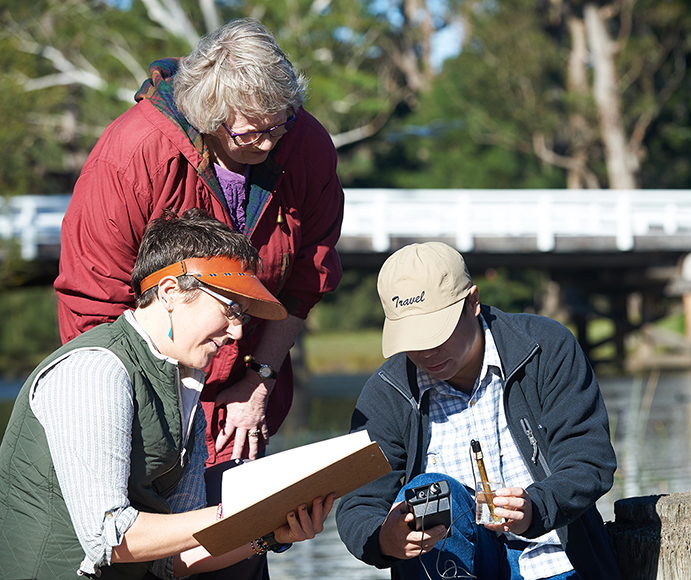Featured threatened species
Common name
Scarlet Robin
Scientific name
Petroica boodang
Status in NSW
Vulnerable
Commonwealth status
Not listed
The Scarlet Robin is a small Australian robin that reaches 13 cm in length. The male has a black head and upperparts, with a conspicuous white forehead patch, white wing stripes and white tail-edges. The male has a bright scarlet-red chest and a white belly. The female is pale brown, darker above, and has a dull reddish breast and whitish throat. The whitish mark on the female’s forehead is smaller than the male’s.

















